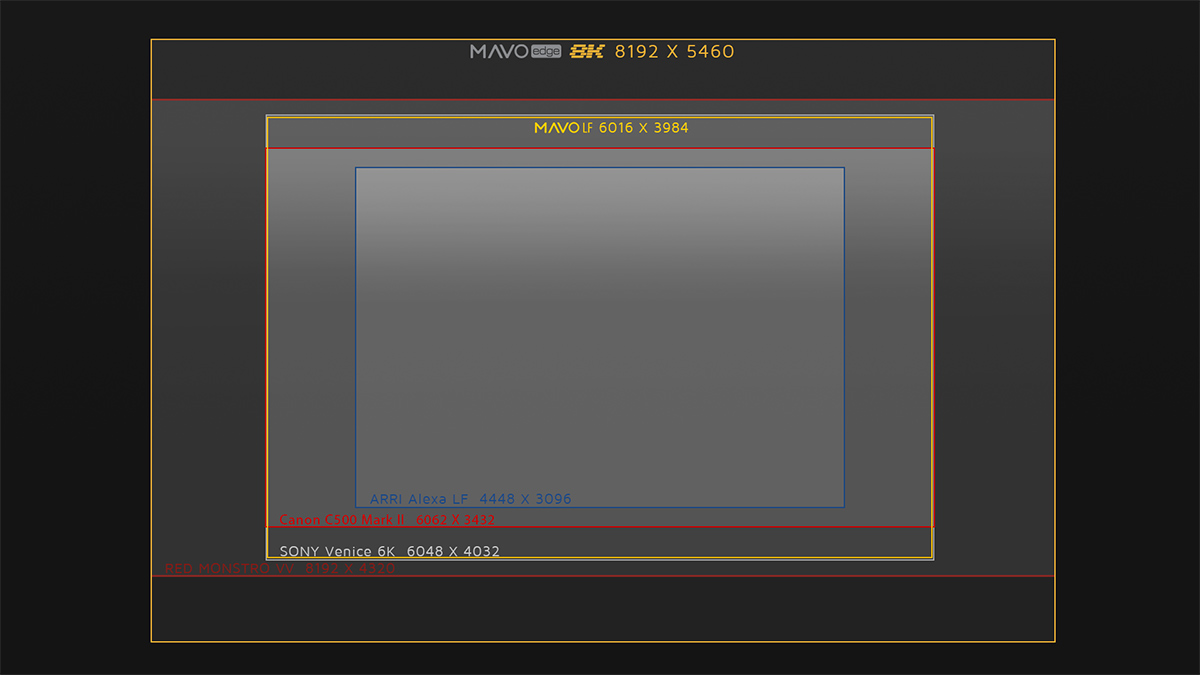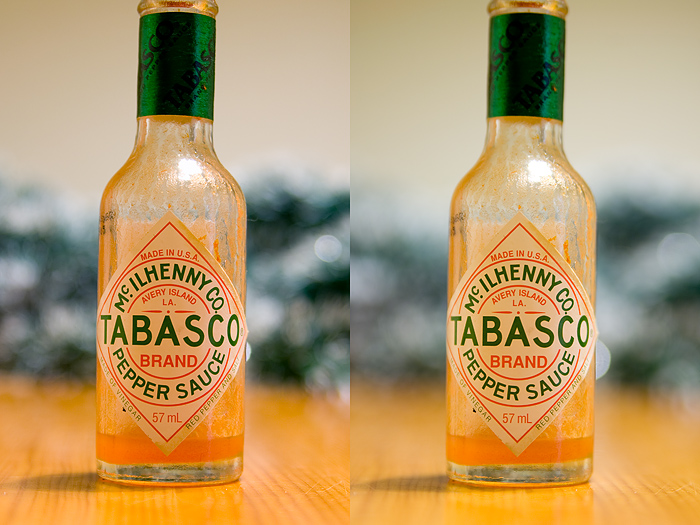Kinefinity Blog
- Kinefinity Mavo Mark 2 Edge 8k Footage
- Kinefinity Mavo Edge 8K
- Kinefinity Camera Specifications
- Kinefinity Blog
Quick Contact

KINEFINITY MAVO LF
Kinifinity has launched an affordable Large Format camera with its MAVO LF that can record up to 6k 75fps. This is all very impressive and everyone wants a full frame sensor in their film camera these days.
But just what are the biggest advantages?
To clarify first, a full-frame camera has a sensor that is the same size as a frame of a traditional 35mm film. (36 x 24mm). Common sensors (e.g. APS-C or Micro four thirds) need a lot of light to produce a clean image. This is of course no problem outside during the day but suppose you need to film in low-light situation, it is very handy to not have to worry so much about your lens speed or limit of your ISO.
While APS-C sensors today can offer almost the same resolution, full-frame sensors are 2.5 times larger and typically have larger pixels. This means full-frame sensors normally produce better image quality at higher ISO values. If the pixel is larger, it can capture more light and you get less electronic noise. A full-frame sensor has a higher sensitivity and therefore needs less light.

Next is field of view. Many sensors due to their size have a crop factor. The crop factor of the average APS-C sensor of a Pentax, Olympus, Sony and Nikon, for example, is 1.5. If you take a look at the picture here, you can see how the size of the sensor affects the field of view of an 18mm lens.
Lastly, depth of field (DOF). The larger the sensor is, the less your depth of field becomes. This means you get the foreground or background more out of focus. This is an artistic effect that many photographers and cinematographers use when they want to focus strongly on the subject. The amount of depth of field has to do with three factors: the aperture, the distance from the subject and the focal length. In practice, that means that with a full-frame camera at wide aperture, you can see the difference in blur from an APS-C camera. It's not much, but it does make a difference.
For example, if you take a close up at the same angle, you can see that a full-frame camera f/4 gives the same amount of blur as an APS-C at f/2.8

APS-C sensor Full-Frame sensor
DUAL NATIVE ISO OP MAVO LF
Kinefinity has announced that the MAVO LF has a Dual Native ISO of 800 & 5120. The normal MAVO has a Native ISO of 800.
How can a camera have two Native ISOs? There are two analogue circuits behind each pixel before they are amplified. Each circuit is aimed at 800 & 5120 ISO. This creates two native settings. This allows the MAVO LF to produce a clean image even in Low light conditions.
The noise at 5120 ISO is slightly more present than when shooting at 800 ISO but it is very close. Another big advantage is that you can run higher fame rates in low-light situations.
Kinefinity Terra 4K recording 260fps of snow!

